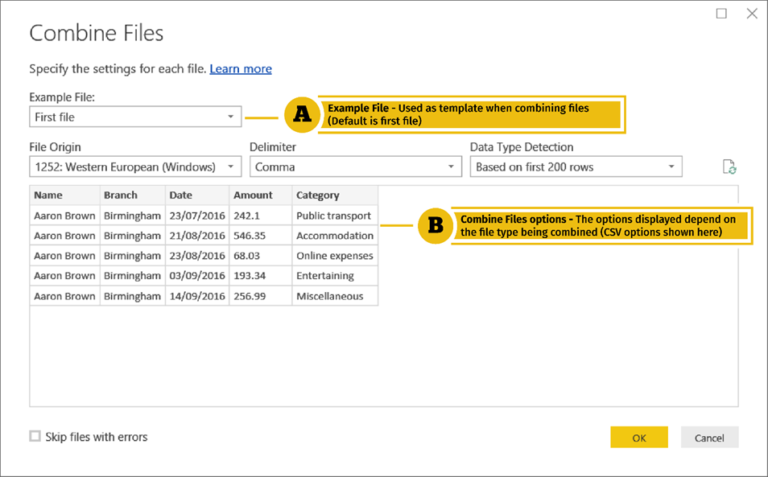QubolePresto
Power BI is a powerful data visualization tool that helps organizations to gain insights from their data. It allows you to connect to various data sources, including QubolePresto, a distributed SQL query engine designed to perform interactive ad-hoc queries on large datasets. In this article, we will explore how to connect to the QubolePresto data source from inside Power BI using Power Query M Language code.
Prerequisites
Before we proceed, make sure that you have the following prerequisites:
– A Qubole account
– Access to the QubolePresto data source
– Power BI Desktop installed on your computer
Step 1: Get the Qubole API Token
To connect to the QubolePresto data source, we first need to get the Qubole API token. Here are the steps to get the token:
1. Log in to your Qubole account.
2. Click on the “Profile” icon at the top right corner of the screen.
3. Select “Account Settings” from the drop-down menu.
4. Click on the “API Token” tab.
5. Click on the “Generate New Token” button.
6. Give a name to the token and select the required scopes.
7. Click on the “Create Token” button.
8. Note down the token value.
Step 2: Create a Connection String
Next, we need to create a connection string that contains the necessary information to connect to the QubolePresto data source. Here is the Power Query M Language code to create the connection string:
let
token = “
endpoint = “
catalog = “
schema = “
connectionString = “DRIVER={Presto};Server=” & endpoint & “;Catalog=” & catalog & “;Schema=” & schema & “;UID=;AuthMech=4;SSL=1;KrbRealm=;KrbHostFQDN=”
in
connectionString
Replace the placeholders with your Qubole API token, QubolePresto endpoint, catalog, and schema.
Step 3: Connect to the QubolePresto Data Source
Now, let’s use the connection string to connect to the QubolePresto data source using Power Query M Language code. Here is the code:
let
connectionString = “
source = Odbc.DataSource(connectionString, [HierarchicalNavigation=true, Implementation=”2.0″]),
db = MySQL.Database(source, “
in
db
Replace the placeholder with your connection string and QubolePresto database name.
Step 4: Load Data into Power BI
Finally, we can load data from QubolePresto into Power BI. Here are the steps:
1. Click on the “Home” tab in Power BI Desktop.
2. Click on the “Get Data” button.
3. Select “Blank Query” from the drop-down menu.
4. Click on the “Advanced Editor” button.
5. Replace the existing Power Query M Language code with the code we created in Step 3.
6. Click on the “Done” button.
7. Click on the “Close & Apply” button.
Now, you can use the loaded data to create visualizations and gain insights from your data.
Conclusion
In this article, we have learned how to connect to the QubolePresto data source from inside Power BI using Power Query M Language code. By following these steps, you can easily connect to the QubolePresto data source and load data into Power BI for analysis and visualization.









